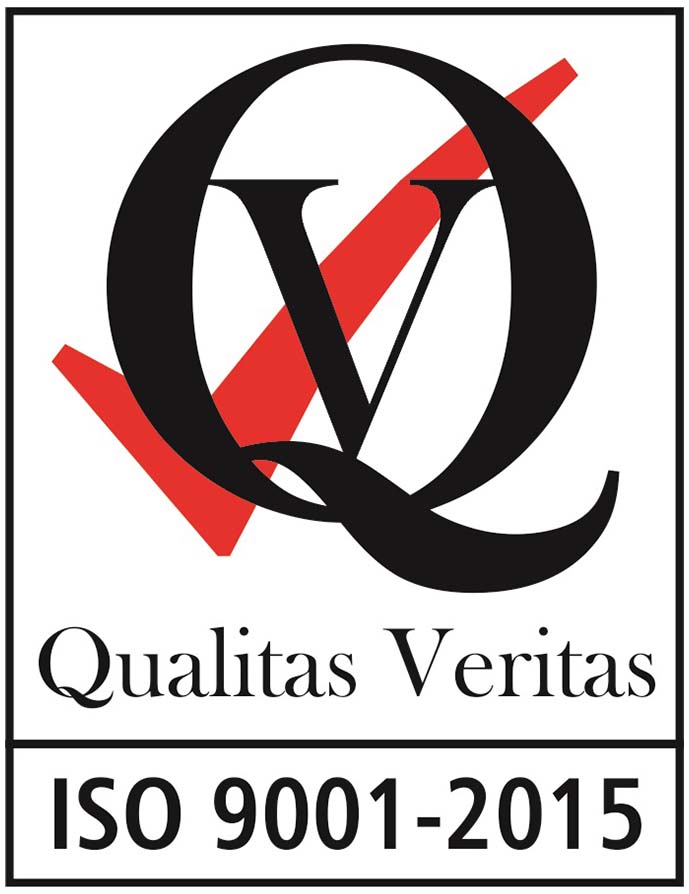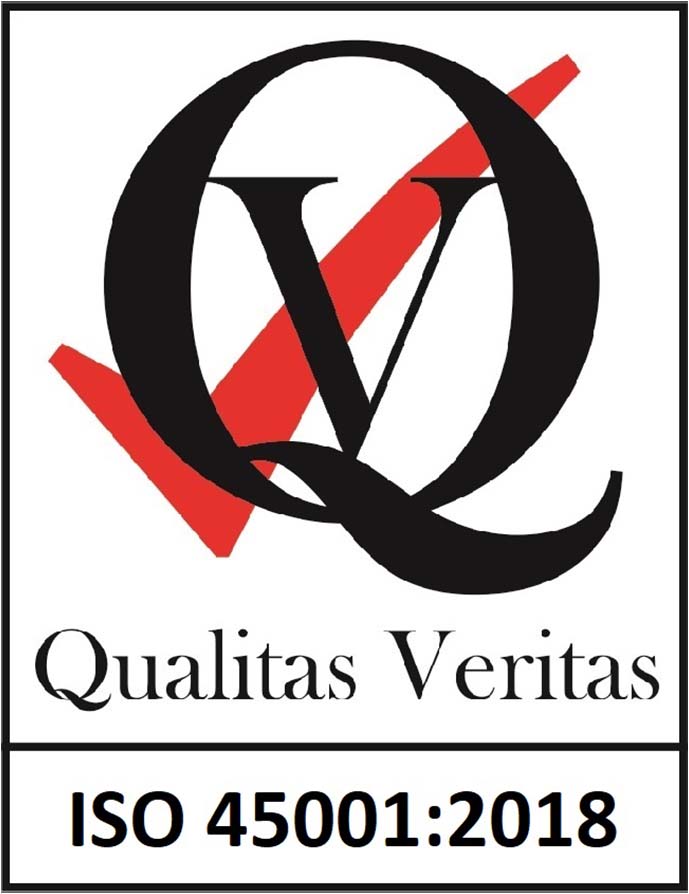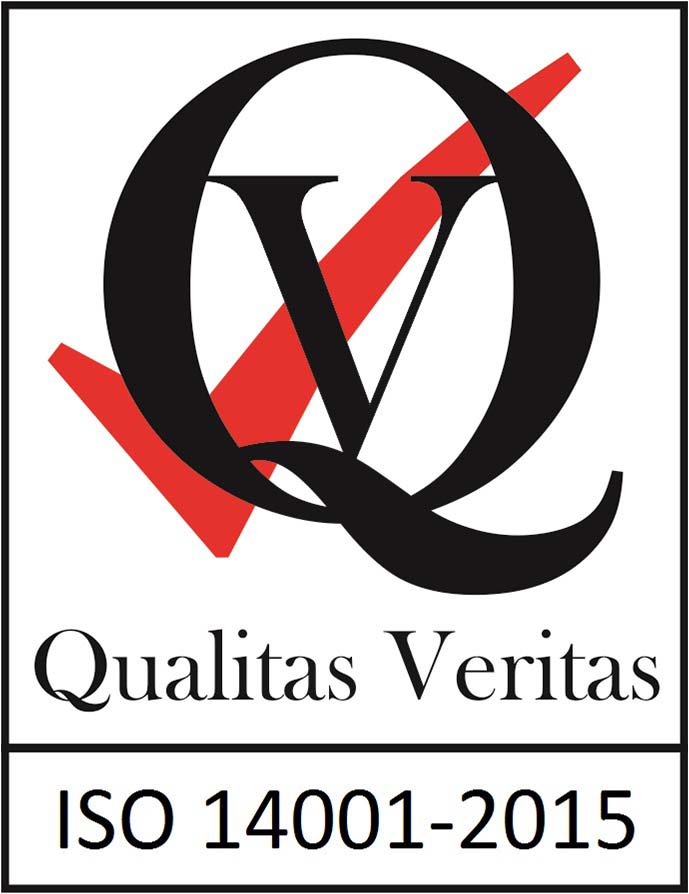On Wednesday 26th April the Clean Air Task Force (CATF) announced that the European Parliament committees agreed on measures aimed at regulating methane emissions in the oil and gas sector.
On Wednesday 26th April the Clean Air Task Force (CATF) announced that the European Parliament committees agreed on measures aimed at regulating methane emissions in the oil and gas sector.
These measures have the potential to hugely cut methane emissions so as to see a positive global impact.
From the article found at Clean Air Task Forse
“…the version of the Methane Regulation approved today in the committees would require companies to detect and repair leaks in their operations, ban venting and flaring, as well as introduce performance standards for the sector, and a total emission reduction target to be set before 2026.
Parliament increased the ambition of the Commission’s proposal on key points, including increasing the frequency of leak detection inspections for aboveground components to every 2 months, which would currently be the strongest such requirement in the world.”
This high lights how governments and the industry view correct, frequent monitoring and early detection.
The impact of methane and other greenhouse gases on our planet is scaled by using Global Warming Potential values.
The Global Warming Potential (GWP) allows comparisons of the global warming of different gases, it is a measure of how much energy the emissions of 1 ton of a gas will absorb over a given period of time, relative to the emissions of 1 ton of carbon dioxide (CO2), values are listed below. By absorbing that energy, the heat remains in our atmosphere, therefore contributing and accelerating global warming.
| Greenhouse gas | Column 2 | Column 3 |
|---|---|---|
| Carbon Dioxide | CO21 | 1 |
| Methane | CH4 | 25-28 |
| Nitrous Oxide | N2O | 265 |
| Chlorofluorocarbon-12 (CFC-12) | CCl2F2 | 10,200 |
| Hydrofluorocarbon-23 (HFC-23) | CHF3 | 12,400 |
| Sulphur Hexafluoride | SF6 | 23,500 |
| Nitrogen Trifluoride | NF3 | 16,100 |
While these new measures set to come into play may seem excessive to some, I think we can all agree that the figures demonstrate how important it is to operations and our planet to track and reduce emissions of not just methane, but all greenhouse gases, time is not on our side. As an industry we can only know if fugitive gases are decreasing with comparable, quantitative and trust worthy data.
On Wednesday 26th April the Clean Air Task Force (CATF) announced that the European Parliament committees agreed on measures aimed at regulating methane emissions in the oil and gas sector.
On Wednesday 26th April the Clean Air Task Force (CATF) announced that the European Parliament committees agreed on measures aimed at regulating methane emissions in the oil and gas sector.
These measures have the potential to hugely cut methane emissions so as to see a positive global impact.
From the article found at Clean Air Task Forse
“…the version of the Methane Regulation approved today in the committees would require companies to detect and repair leaks in their operations, ban venting and flaring, as well as introduce performance standards for the sector, and a total emission reduction target to be set before 2026.
Parliament increased the ambition of the Commission’s proposal on key points, including increasing the frequency of leak detection inspections for aboveground components to every 2 months, which would currently be the strongest such requirement in the world.”
This high lights how governments and the industry view correct, frequent monitoring and early detection.
The impact of methane and other greenhouse gases on our planet is scaled by using Global Warming Potential values.
The Global Warming Potential (GWP) allows comparisons of the global warming of different gases, it is a measure of how much energy the emissions of 1 ton of a gas will absorb over a given period of time, relative to the emissions of 1 ton of carbon dioxide (CO2), values are listed below. By absorbing that energy, the heat remains in our atmosphere, therefore contributing and accelerating global warming.
| Greenhouse gas | Column 2 | Column 3 |
|---|---|---|
| Carbon Dioxide | CO21 | 1 |
| Methane | CH4 | 25-28 |
| Nitrous Oxide | N2O | 265 |
| Chlorofluorocarbon-12 (CFC-12) | CCl2F2 | 10,200 |
| Hydrofluorocarbon-23 (HFC-23) | CHF3 | 12,400 |
| Sulphur Hexafluoride | SF6 | 23,500 |
| Nitrogen Trifluoride | NF3 | 16,100 |
While these new measures set to come into play may seem excessive to some, I think we can all agree that the figures demonstrate how important it is to operations and our planet to track and reduce emissions of not just methane, but all greenhouse gases, time is not on our side. As an industry we can only know if fugitive gases are decreasing with comparable, quantitative and trust worthy data.






